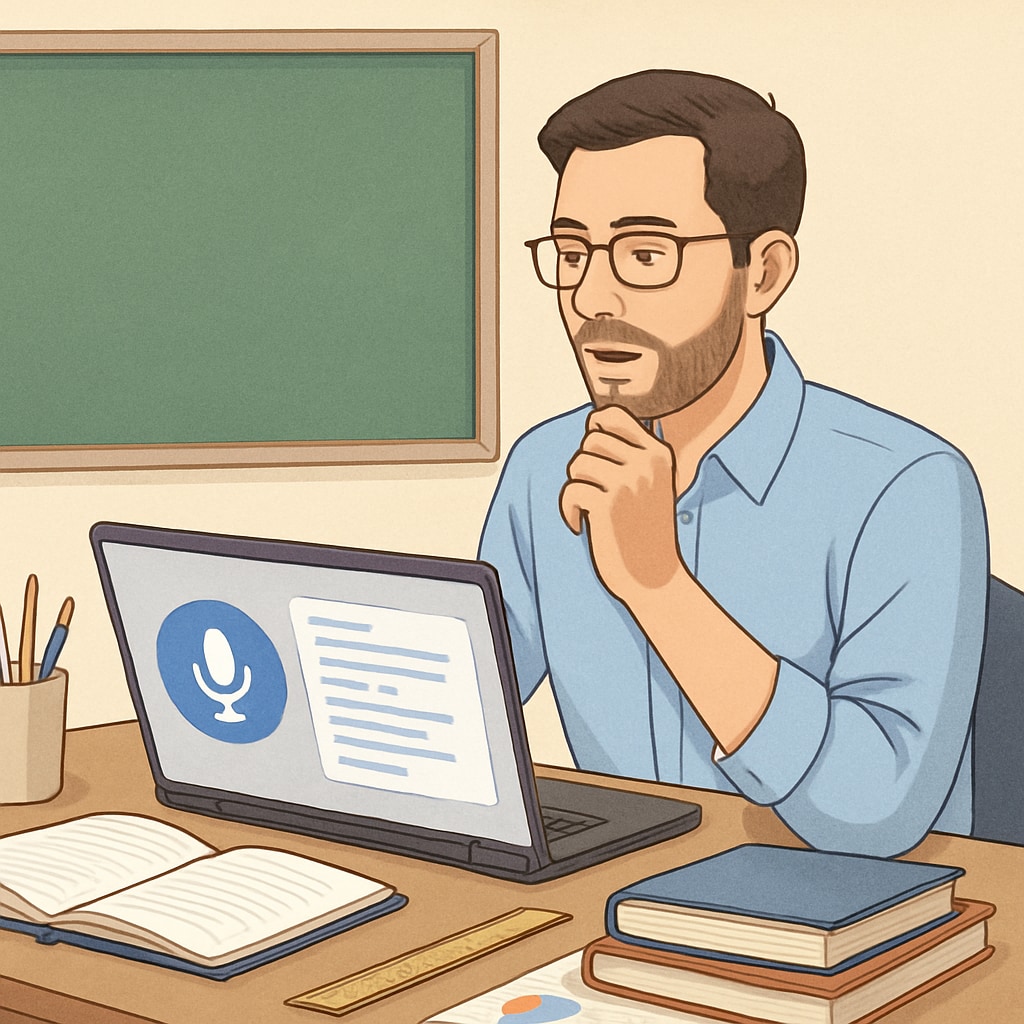In today’s fast-paced educational environment, teachers are constantly juggling between delivering quality instruction and managing administrative responsibilities. Tasks like documenting student feedback, creating lesson plans, communicating with parents, and maintaining Individualized Education Program (IEP) records often consume significant time, leaving educators overwhelmed. Fortunately, advancements in speech-to-text technology, such as WillowVoice, are reshaping these workflows, improving teacher efficiency and reducing administrative burdens.

Streamlining Student Feedback with Speech-to-Text Tools
Providing timely and detailed feedback is crucial for student growth, but writing lengthy comments manually can be labor-intensive. Speech-to-text technology enables teachers to dictate feedback directly into digital platforms, saving hours of typing. Tools like WillowVoice allow educators to deliver personalized insights quickly, ensuring students receive actionable advice without delays.
For example, a teacher can narrate observations about a student’s performance during a grading session, and the software converts it into text that can be directly integrated into the student’s record. This efficiency frees up time for educators to focus on instructional strategies and student engagement.
Enhancing Lesson Planning Efficiency
Lesson planning is another area where speech-to-text technology shines. By allowing teachers to verbally outline ideas and organize curriculum materials, tools like WillowVoice help educators create comprehensive lesson plans with minimal effort. Instead of spending hours typing, teachers can focus on brainstorming and refining their teaching methods.
Additionally, these tools can integrate with platforms like Google Docs or Microsoft Word, enabling seamless collaboration with colleagues. As a result, teachers can work smarter, not harder, in designing impactful educational experiences.

Improving Communication with Parents
Parent-teacher communication is essential for building a supportive learning environment, yet crafting detailed emails or progress updates can be time-consuming. Speech-to-text technology simplifies this process by allowing educators to dictate messages quickly and accurately. WillowVoice, for instance, ensures that teachers can draft communications in real-time, reducing delays and fostering better relationships with parents.
This technology is particularly useful during parent-teacher conferences, where notes can be dictated directly into communication logs or shared in follow-up emails. By automating these tasks, educators can focus on meaningful interactions with families.
Efficient IEP Documentation: A Game-Changer
Creating and maintaining Individualized Education Program (IEP) records is a critical yet meticulous task for special education teachers. Speech-to-text tools provide a practical solution by converting verbal observations and meeting notes into structured documentation. WillowVoice supports real-time transcription, ensuring that educators can capture essential details without missing a beat.
Moreover, the technology reduces errors in documentation, as it minimizes manual input and provides accurate transcripts that can be reviewed and edited as needed. This streamlined process empowers teachers to dedicate more time to supporting students with special needs.
The Broader Impact on K12 Education
Adopting speech-to-text technology like WillowVoice in K12 education not only benefits individual teachers but also enhances the overall efficiency of schools. By reducing administrative burdens, educators can dedicate more energy to teaching and student development. Additionally, these tools promote collaboration, improve communication, and ensure accurate record-keeping, contributing to a more organized and effective educational environment.
For example, schools that integrate speech-to-text solutions often report higher teacher satisfaction, as these tools alleviate stress and enable a better work-life balance. Furthermore, they pave the way for innovative teaching methods, as educators can spend more time exploring creative approaches to learning.
As technology continues to evolve, the potential of speech-to-text tools in education will only grow. By embracing these innovations, K12 schools can empower teachers to focus on what truly matters: inspiring and educating the next generation.
Readability guidance: This article uses concise paragraphs, integrates lists to present key points, and maintains a balance between technical detail and accessibility. Passive voice usage is minimal, prioritizing an active and engaging tone.


